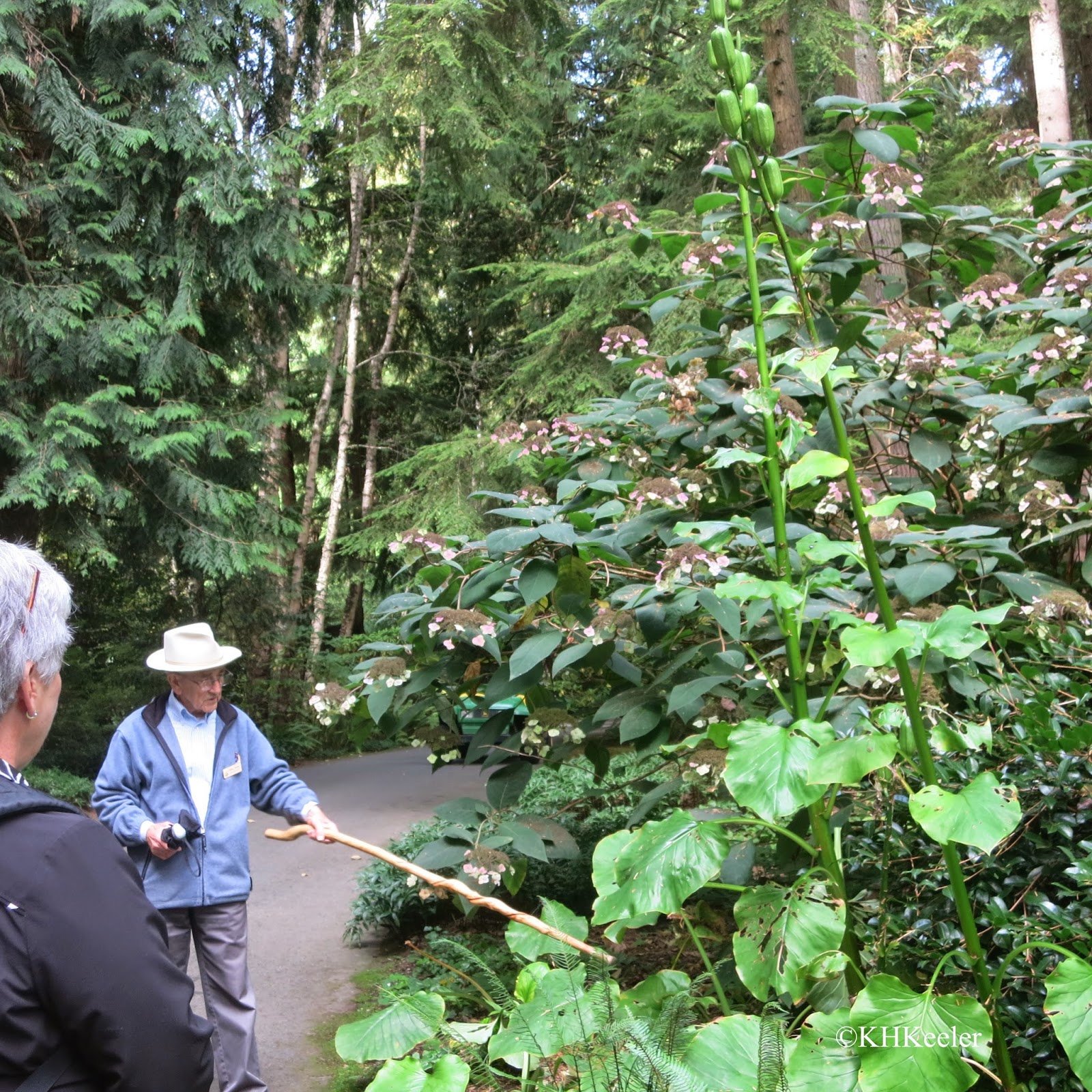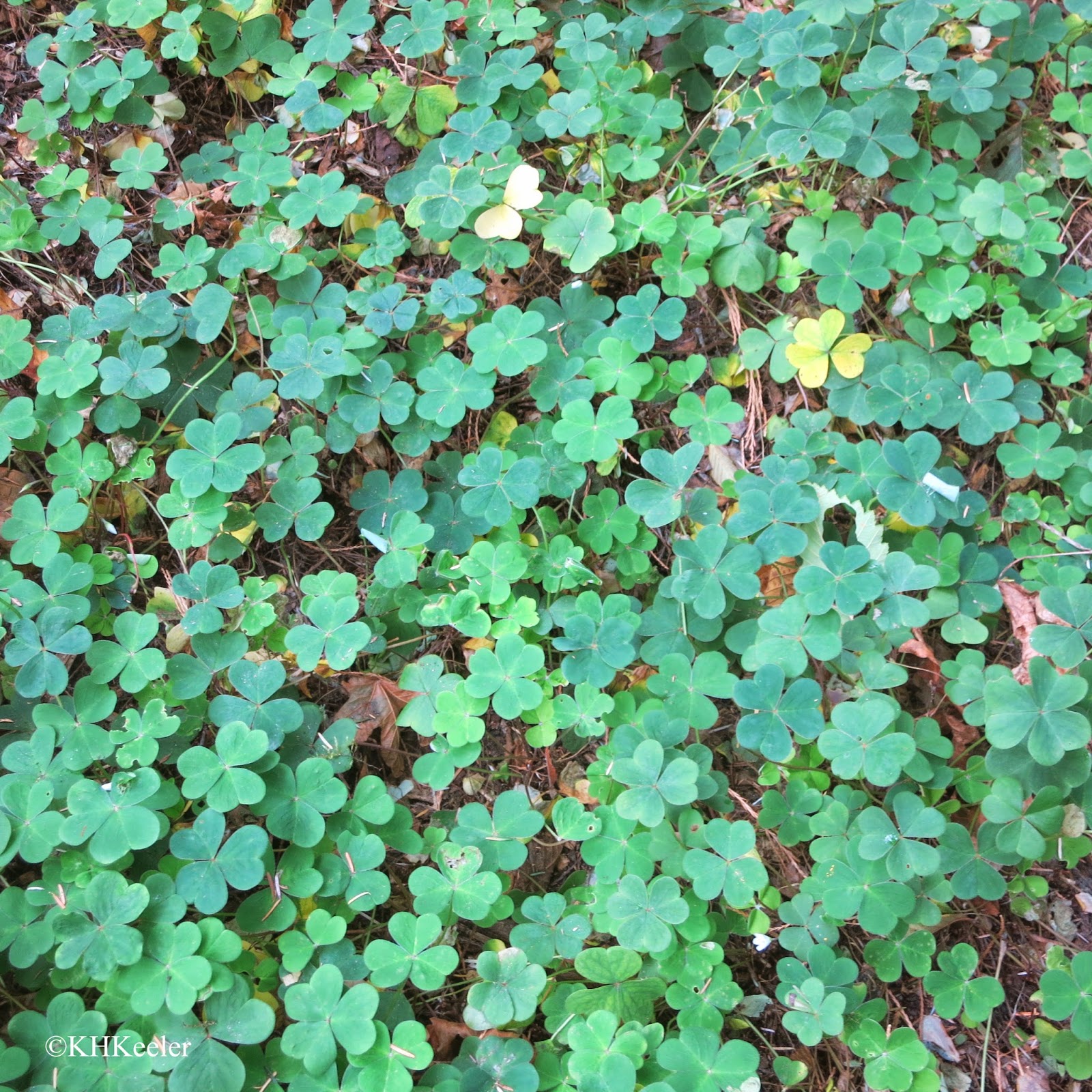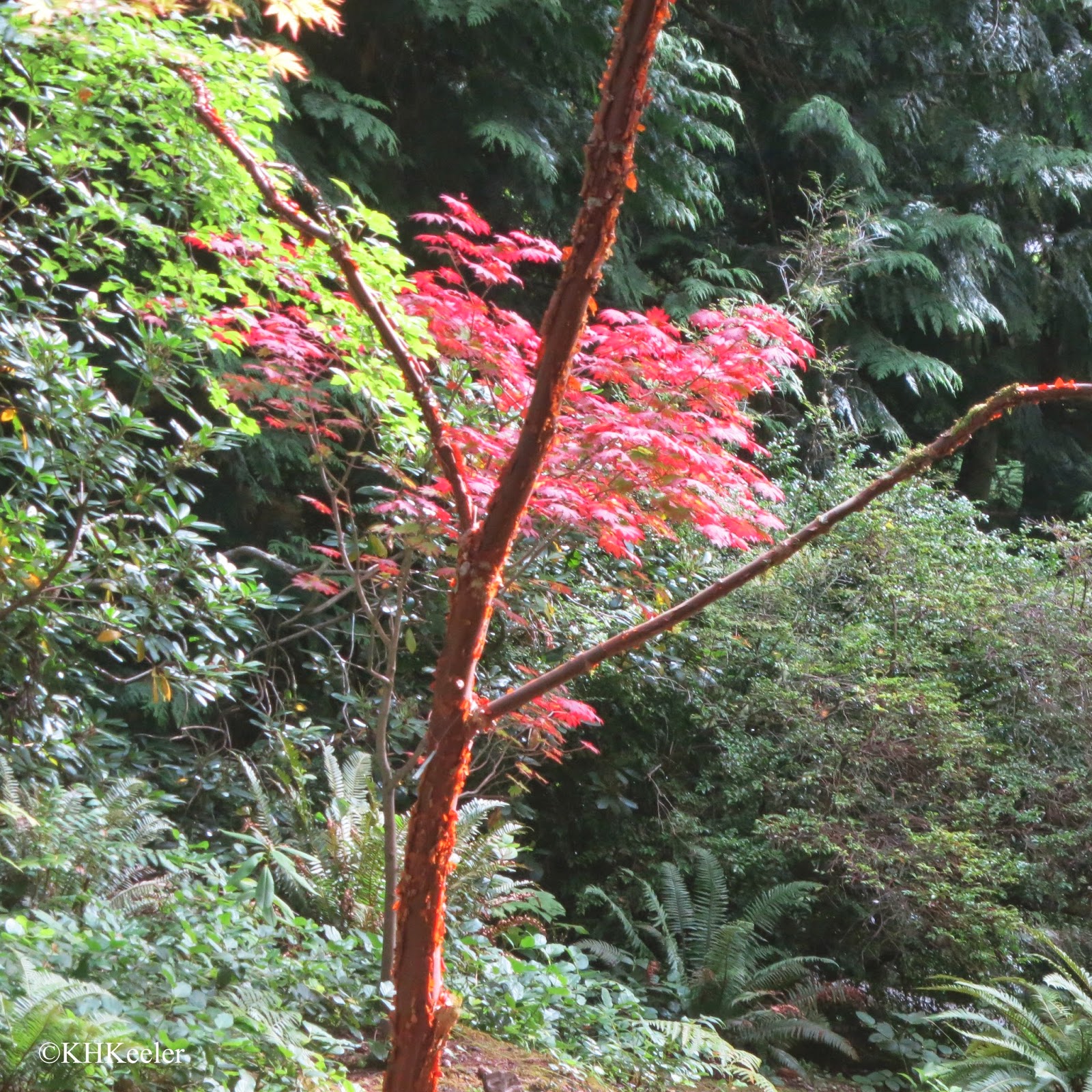 |
| View from the Ferry, Seattle |
I was on a tour with the Denver Art Museum's Asian Art Association in Seattle. Art tours are great fun: they feature private collections you could not see otherwise and walks through museums led by enthusiastic curators. But this one also took me to Bloedel Reserve on Bainbridge Island for a relaxed afternoon that nurtured my love of plants close to the hustle of a big city.
If, like me, you don’t live in city with ferries, taking a water route to a destination is a treat in itself.
We landed on Bainbridge Island and took the bus (very convenient).
Bloedel Reserve was purchased by Prentice and Virginia Bloedel in 1951 as their home. Prentice Bloedel was a successful Seattle timber company owner. The Reserve reflects his knowledge and interest in trees, landscape, and renewable resources. It was opened to the public in 1988.
On the September day I visited, it was green, barely touched by fall, full of sweeping landscapes and intriguing vistas.
On the September day I visited, it was green, barely touched by fall, full of sweeping landscapes and intriguing vistas.
We wandered paths between rare foreign trees and plantings
of important trees of the region. The
 |
| Princess Tree, Paulownia tomentosa |
 |
| Drimys winteri, Winter's bark |
And then there was a glorious planting of many shades of heather (Calluna vulgaris, blueberry family, Ericaceae). Heather is an important low shrub of Eurasia which provides forage for grouse, deer and sheep. Currently it is a popular garden flower. My photo is of only one of the heathers planted in the bed, but it is certainly glorious.
Thus, there were Chinese, South American and European plants planted to close to each other. The arrangements represent plants of interest to Bloedel--and interesting they are!--not an academic collection.
Nor did Bleodel intended a botanical garden. His goal in giving the Reserve to the public was to create a place of refuge, a site for enjoying nature. The quote on the brochure resonated with me: "Nature can live without man, but man cannot live without nature. - Prentice Bloedell."
Those three plants above were barely inside the Reserve. From there we strolled past a Japanese Garden and Guest House, graced by many lovely Japanese maples. They had not yet turned color when we were there: they must have been spectacular in another month!
 |
| maples of the Japanese garden |
We did see at least one maple that had changed color, spectacularly:
In some areas plants were allowed to grow as if wild, in other palces they were manicured to create attractive scenes, for example the weeping willow by a reflecting pond, below. Weeping willows, Salix babylonica (willow family, Salicaceae) are from Eurasia, where like us, people valued the "weeping" shape. They were brought to the United States long ago. The branches break off easily, creating a good deal of litter. They also root easily: when my father used them for garden stakes in upstate New York, he created a dozen young trees.
 |
| Chinese weeping willow, Salix babylonica and a pictureque pond |
 |
| Dwight Shappell, Bloedel Reserve guide, and giant Himalayan lily Cardiocrinum giganteum |
In addition to the rare exotics, I enjoyed seeing vegetation that was characteristic of the Northwest, for example the carpet of oxalis, likely Oxalis oregana, redwood sorrel (wood sorrel family, Oxalidaceae link) a widespread ground cover on northwestern forests. It is pretty and like other species of Oxalis, is rich in oxalic acid, giving it a tangy taste (eat the weeds).
 |
| oxalis |
There is currently a struggle going on over whether these plants (Berberis aquifolium and B. repens) and their American relatives should be merged with barberry, genus Berberis, or be placed their own genus, Mahonia. USDA Plants website puts them in Mahonia, while the Flora of North America says the mahonias only differ from barberries by having spines on the leaves and so should be called Berberis. I am going with the Flora of North America today. Everybody agrees they are very closely related.
 |
| Oregon grape, Berberis repens |
 |
| madrone, Arbutus menzeisii |
Bloedel Reserve is a wonderful place to spend a couple hours and let go of the stresses of the daily routine as the Bloedels intended. It is also a collection of fascinating plants.
Comments and corrections welcome.
References
Devereaux, E. 2003. Flora del Archipielago Fueguino. 2nd ed. Jose Garcia, Buenos Aires.
Mahonia aquifolia USDA Plants website http://plants.usda.gov/core/profile?symbol=MAAQ2 accessed 12/25/14
Moerman, D. E. 1998.Native American Ethnobotany. Timber Press, Portalnd OR.
Valder, P. 1999. The Garden Plants of China. Timber Press, Portland, OR.
Whittemore, A. T. Berberis aquifolium Flora of North America http://www.efloras.org/florataxon.aspx?flora_id=1&taxon_id=233500223 accessed 12/25/14
Kathy Keeler
More at awanderingbotanist.com





No comments:
Post a Comment